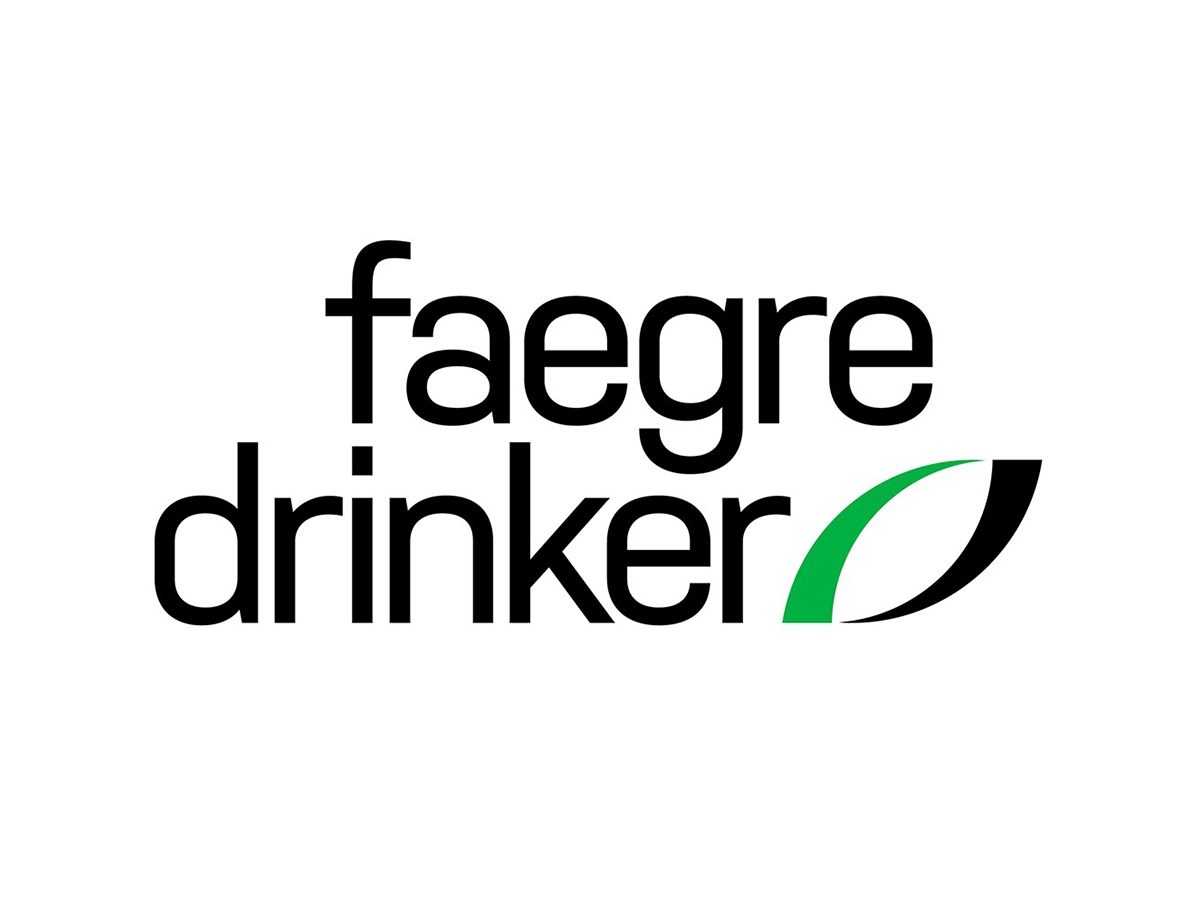Wherein Clauses in Patent Drafting: Pitfalls to AvoidWherein Clauses in Patent Drafting: Pitfalls to Avoid – ipwatchdog.com
“The subtle choice of adverbs such as ‘whereby,’ ‘wherein,’ and ‘to’ holds the power to shape the fate of patents, determining their validity, patentability, and scope.”
Patent drafting relies on the precise and strategic use of language to protect innovative ideas. A subtle misuse of adverbs can render a patent vulnerable to attacks on its validity. Words like “whereby”, “wherein”, “thereby”, “such that”, or “to” frequently appear in patent drafting, and they are often used to introduce an additional process, situation, purpose, or result. A seemingly innocuous choice of words can tip the scales of patentability and infringement. In patent drafting, every word holds the power to shape the future of innovation.
The L’Oreal Case
When we use “wherein” inappropriately, our patents may be exposed to indefiniteness, non-enablement, and inherency challenges. In L’Oreal USA, Inc. v. Olaplex, Inc., 2021 WL 280493, *11–*12 (Fed. Cir. 2021), the issue is whether the limitation in a dependent claim, “wherein following step (c) breakage of the hair is decreased by at least 5% compared to hair bleaching formulation,” positively limits the claim.
The independent claim 1 recites:
-
- A method for bleaching hair comprising:
(a) mixing a bleach powder and a developer to form a bleaching formulation;
(b) mixing an active agent formulation comprising an active agent with the bleaching formulation to form a mixture, wherein the active agent is maleic acid; and
(c) applying the mixture to the hair;
wherein the active agent in the mixture is at a concentration ranging from about 0.1% by weight to about 50% by weight.
Claims 14-16, 18, and 24-28 each add a specific requirement of a level of decrease in hair breakage. L’Oreal argued that the disputed limitations regarding hair breakage percentage merely stated intended results and could not make the claims patentable. The court rejected L’Oreal’s arguments and held that the limitation breathed life into the claims for two reasons: First, the hair breakage percentage was specific rather than general or aspirational that the dependent claims have different levels of decrease in hair breakage. Second, giving no legal effect to those limitations would null several dependent claims. The fairer interpretation is that the limitations limit the options that could produce the specified results, thus manipulatively changing the claims. L’Oreal also challenged the limitations on the ground of (1) enablement that the specification did not sufficiently describe how or why the recited percentages of breakage reduction were achieved and (2) inherency that the breakage-decrease amount was necessarily the inherent result of the prior art. The court refused the two arguments due to issue preclusion in the U.S. Patent and Trademark Office (USPTO) proceeding and insufficient evidence.
C&C Jewelry v. West
The general rule is that if a claim has a wherein clause merely stating the result, the wherein clause is presumed to add nothing to the patentability of a claim because a result is not patentable. Courts have applied this general rule to other terms, including “whereby” clause, “thereby” clause, “to preclude” clause, “such that” clause, or “to” clause. In C & C Jewelry MFG., Inc. v. West, 2010 WL 2681921, *4 (N.D. Cal. 2010), the plaintiff C & C Jewelry sought a declaratory judgment of patent invalidity. The claim at issue read:
- A method of making a jewelry ring which comprises: providing an annular finger ring made of a hard material … and; grinding the at least one external facet to a predetermined shape to provide a pleasing appearance to the jewelry ring, with the hard material being long wearing and virtually indestructible during use …
The patentee West argued that the limitation did not limit the method of making a jewelry ring, but the plaintiff C & C Jewelry argued that the term positively limited the claim, rendering the claim indefinite because the meaning of “a pleasing appearance” is subjective and undeterminable. The court reasoned that “a pleasing appearance” is not inherently the result of the claimed method. Since grinding a facet into some predetermined shape may not necessarily result in a pleasing appearance, the limitation positively limits the method. As to the indefiniteness issue, the court reasoned that “[a] claim is indefinite only if the claim is insolubly ambiguous, and no narrowing construction can properly be adopted. If the meaning of the claim is discernible, even though the task may be formidable and the conclusion may be one over which reasonable persons will disagree, we have held the claim sufficiently clear to avoid invalidity on indefiniteness grounds.” Thus, the court held that the limitation is limiting and definite because a person of ordinary skill in the art would understand that a pleasing appearance results from following the claimed method and grinding an external facet to predetermined shapes.
Mayne v. Merck
In addition to the factors discussed in the above two cases, whether a wherein clause is used to distinguish over prior art during prosecution also determines if the clause adds anything to the claim patentability. In Mayne Pharma International Pty Ltd. v. Merck & Co., Inc., the wherein clause at issue recites “wherein in vivo the composition provides a mean CMAX of at least 100 ng/ml, after administration in the fasted state.” The alleged infringer Merck argued that the wherein clause did not add anything to patentability, and even if it were limiting, the term “in vivo” covered not only humans but also other species, making the claim indefinite, because whether the pharmacokinetic parameters of the claims were met by use of a particular compound would vary depending on the species to which the compound is being administered.
The court examined the objective, the examples, and the drug test described in the specification and found that the experiment was conducted exclusively on humans and the “volunteers” of this study must be humans. The court also emphasized the prosecution history, where the specific parameters were used to distinguish the claimed invention from the prior art. Therefore, the court refused Merck’s arguments and held that the wherein clause is limiting because the clause is material to patentability and the term “in vivo” is definite, covering only humans.
Ask the Right Questions
The subtle choice of adverbs such as “whereby,” “wherein,” and “to” holds the power to shape the fate of patents, determining their validity, patentability, and scope. Through the lens of the above cases, when we use these words, we may ask ourselves the following questions:
- Does this wherein clause state in only very general terms and appear in the same claim that states the other more concrete requirements? If yes, the wherein clause is unlikely to change or add to the claimed method any additional structure or characteristics.
- Does this wherein clause merely states the inherent results from other elements positively claimed? If yes, the wherein clause is unlikely to add anything to the claim patentability.
- Does the wherein clause play a material role in patentability analysis and patent prosecution? If yes, the wherein clause is likely to change the substance of the invention.
- If the wherein clause limits the claim, is the wherein clause definite and enabling?
Every word in a claim should be carefully selected and artfully woven. Although claim interpretation is case-by-case, diligent examination and astute word choice can help guard innovation.






